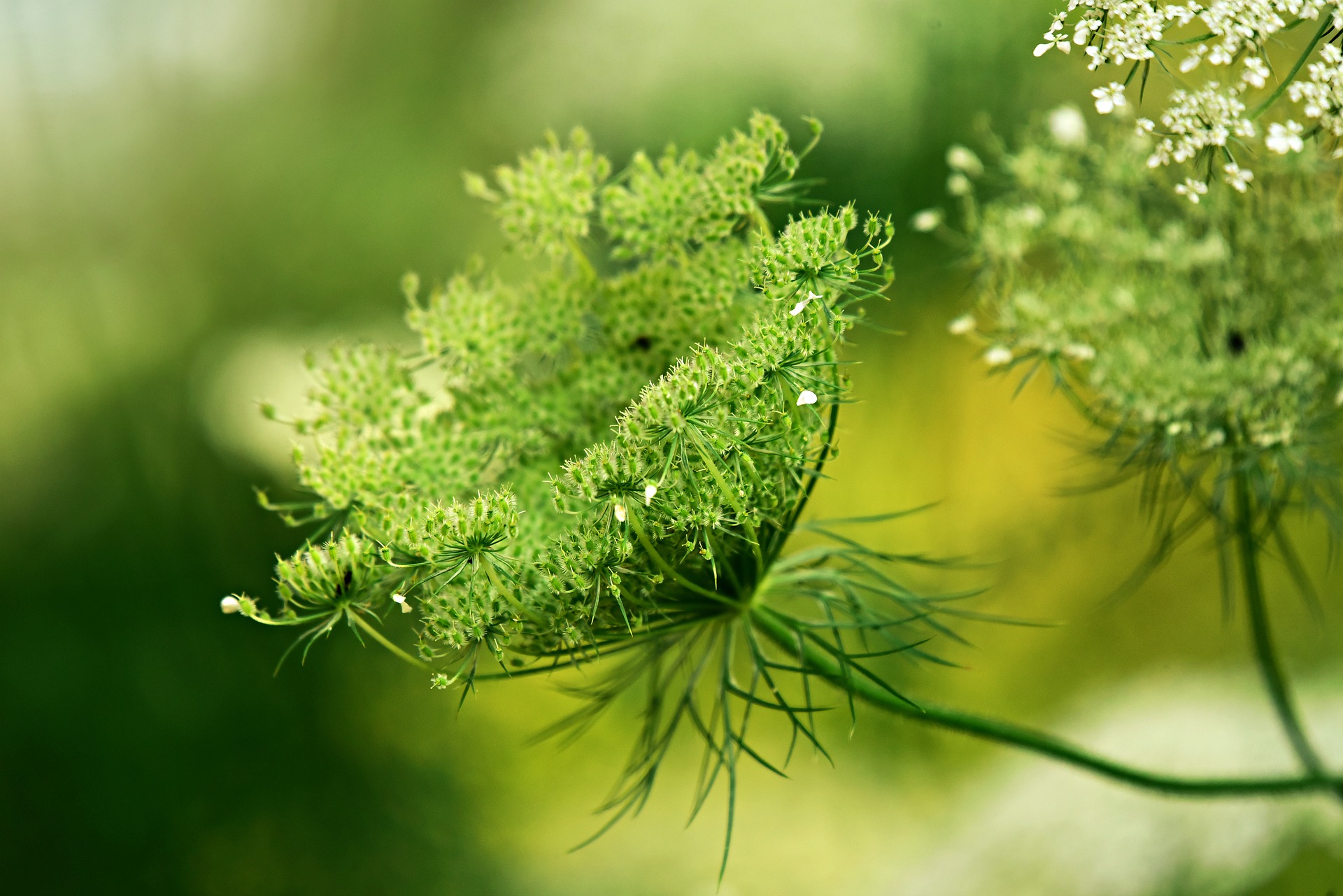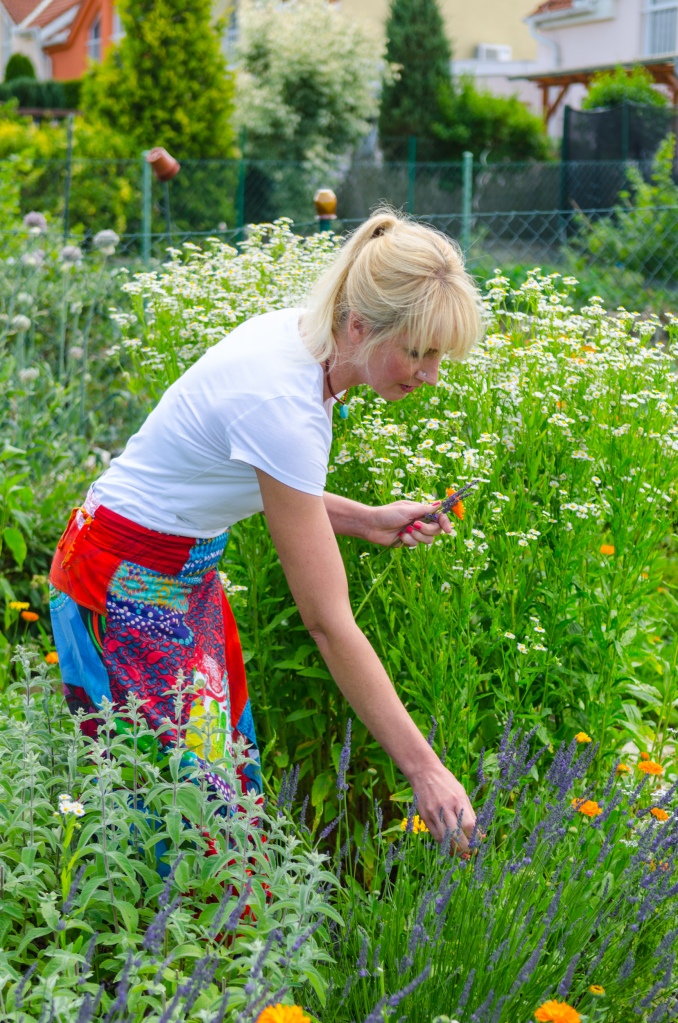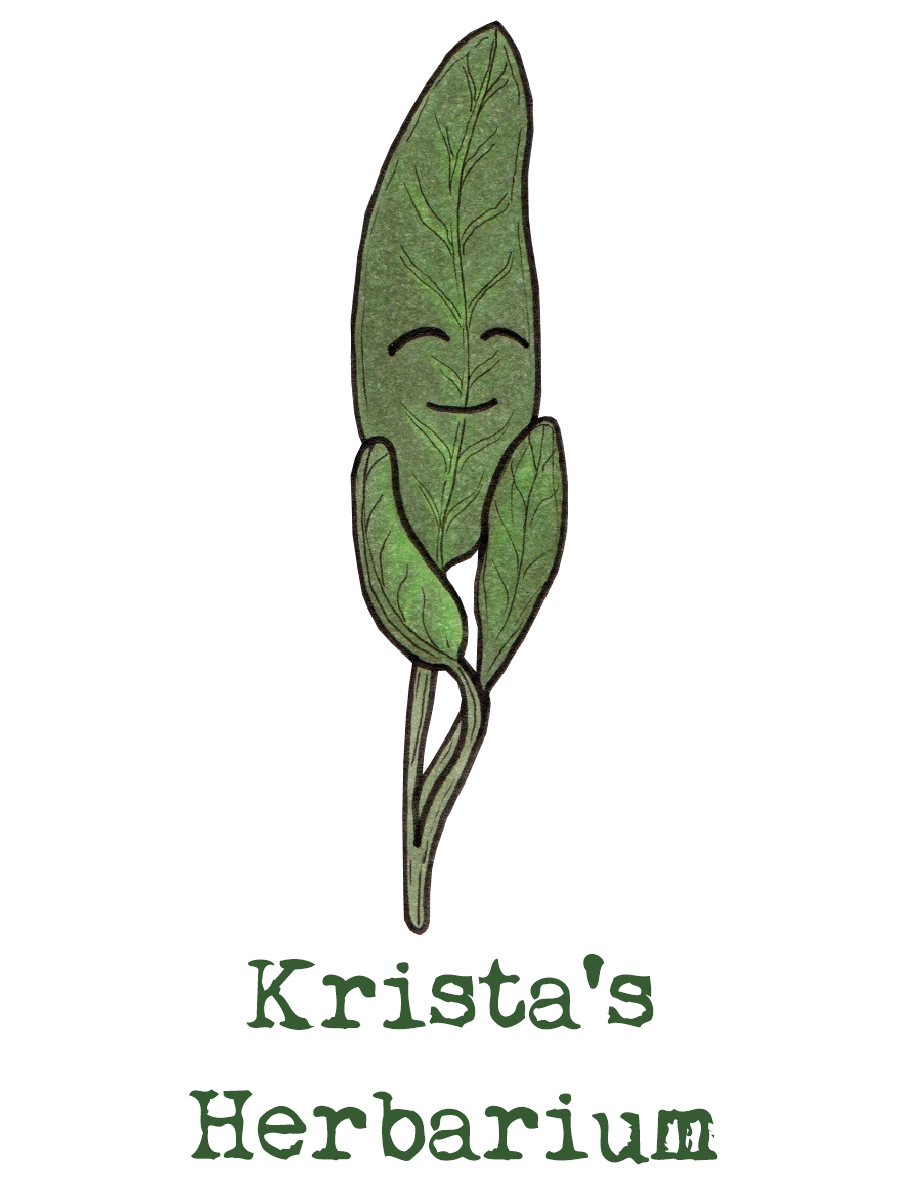Krista's Herbarium
a collection of herbal remedies, recipes, and reveries
Tag: Herbal Apprenticeship
Herbal Workshop Menu
Located at Krista’s Herbarium Zbudov 48, Divcice For up to 8 people 2-4 hours in length Refreshments included To schedule an Herbal Workshop or to discuss a Custom Workshop contact me at 797754275 or email at kristasherbarium@gmail.com Spa Workshop 4 hours/700 Kc Learn how… Continue Reading “Herbal Workshop Menu”
Herbalism 101: Lesson 4

Activity 1: Seeing Plant Families: Asteraceae Read this article on the Asteraceae family. List all the plants in the Asteraceae family that you use regularly and why. Choose three plants from the Asteraceae family that interest you. Read their monographs online. Make three monographs, one for each of your herbs,… Continue Reading “Herbalism 101: Lesson 4”
Plant families: Asteraceae

Asteraceae Family Key Words: Composite flowers in disk-like heads. This family was previously known as the Composite family-Compositae. Asteraceae plants are everywhere. From sunflowers that make the sky look even bluer to the lettuce that’s in your salad, you come into contact with members… Continue Reading “Plant families: Asteraceae”
Herbalism 101: Lesson 3

The art of healing comes from nature, not from the physician. Therefore the physician must start from nature, with an open mind. Paracelsus Activity 1: Seeing Plant Families: Apiaceae Read this article on the Apiaceae family. List all the plants in the Apiaceae family that you use… Continue Reading “Herbalism 101: Lesson 3”
Plant Families: Apiaceae

Apiaceae-Parsley/Carrot Family Key Words: Compound umbels. Usually hollow flower stalks. Often aromatic. Some of the most common plants, most loved and most eaten are in this beautiful Apiaceae family, as well as some of the world’s deadliest. Mostly grown as vegetables or for food,… Continue Reading “Plant Families: Apiaceae”
Plant families: Lamiaceae

Lamiaceae-Mint Family Key Words: Square stalks and opposite leaves, often aromatic. Members of this family include: Basil Mint Sage Oregano Rosemary Motherwort Horehound Catnip Thyme Lavender Lamiaceae Medicinal Actions: Medicinal constituents include the strong aromatic essential oil, tannins, saponins and organic acids. The oil is obtained… Continue Reading “Plant families: Lamiaceae”
Herbalism 101: Lesson 2

Just as the flowers grow from the earth, so the remedy grows in the hands of the physician. The remedy is nothing but a seed that must develop into that which it is destined to be. -Paracelsus Activity 1: Seeing Make three monographs, one… Continue Reading “Herbalism 101: Lesson 2”
Herbalism 101: Recipes

Lesson 1: Infused Oil Dry herbs in a dehydrator or in a cool dry place. Grind herbs with a mortar and pestle or in a grinder. You need as much surface area as possible to come into contact with the oil. Fill a jar… Continue Reading “Herbalism 101: Recipes”


